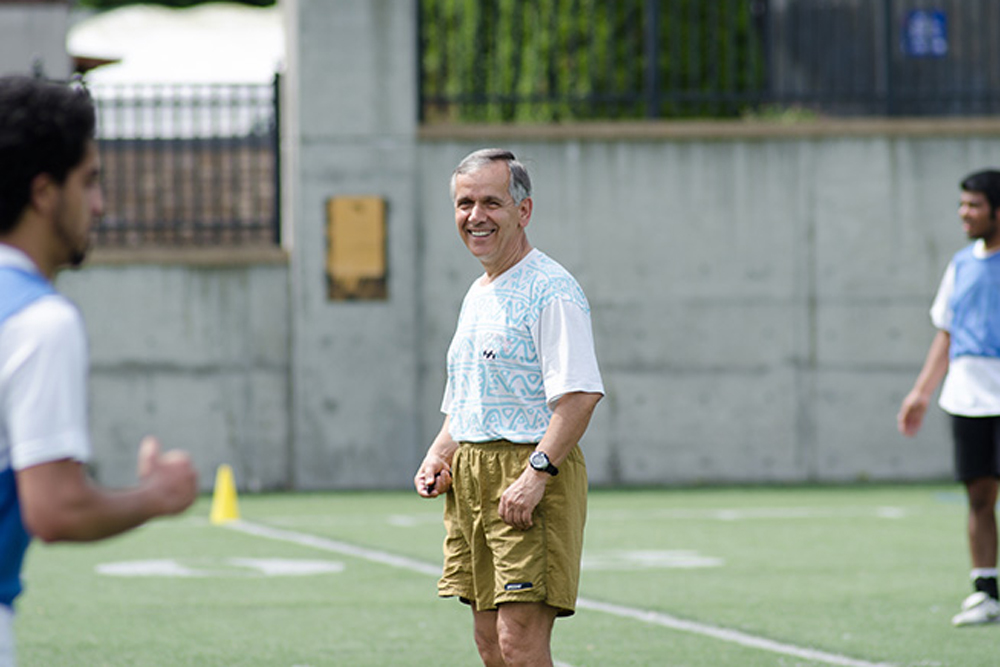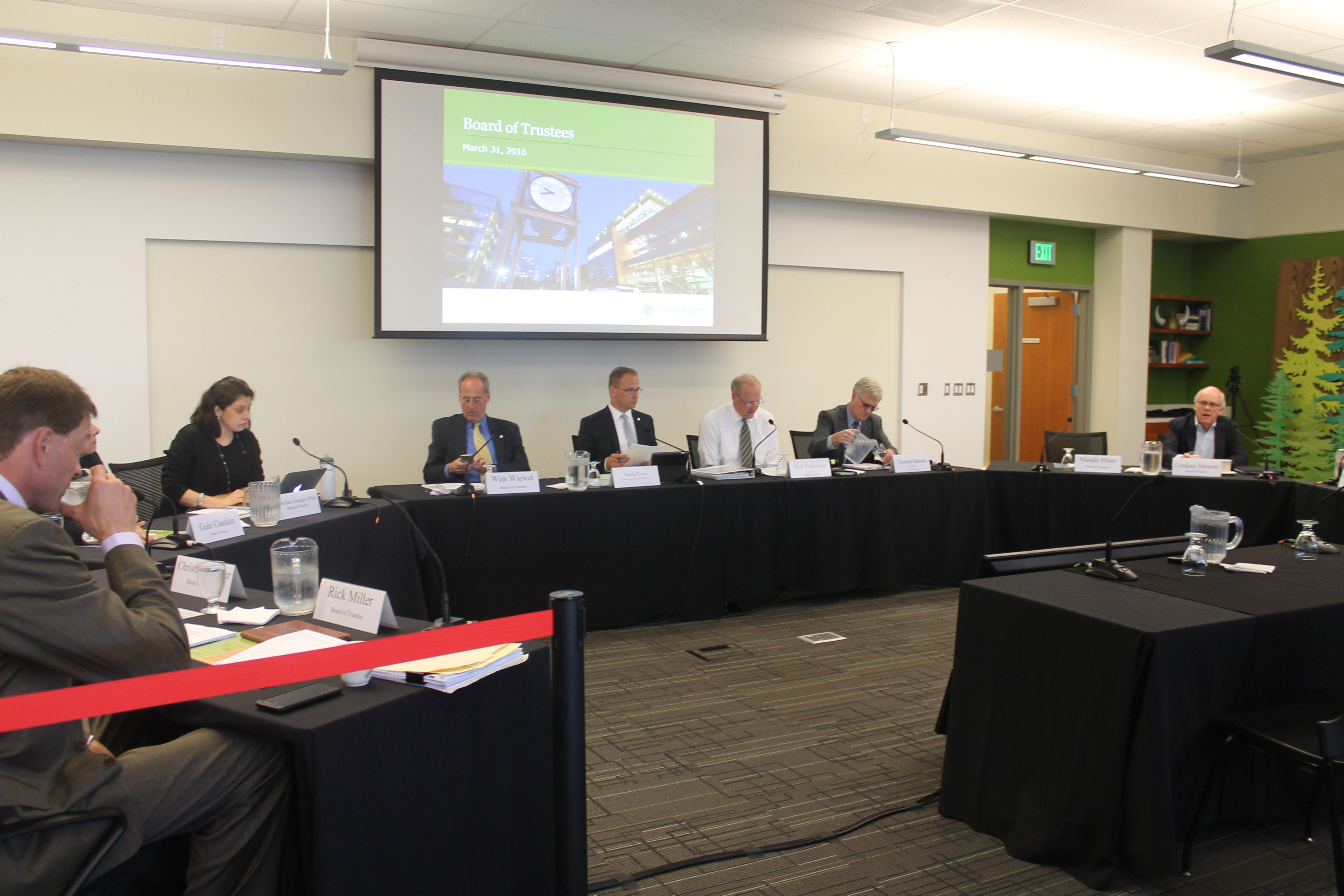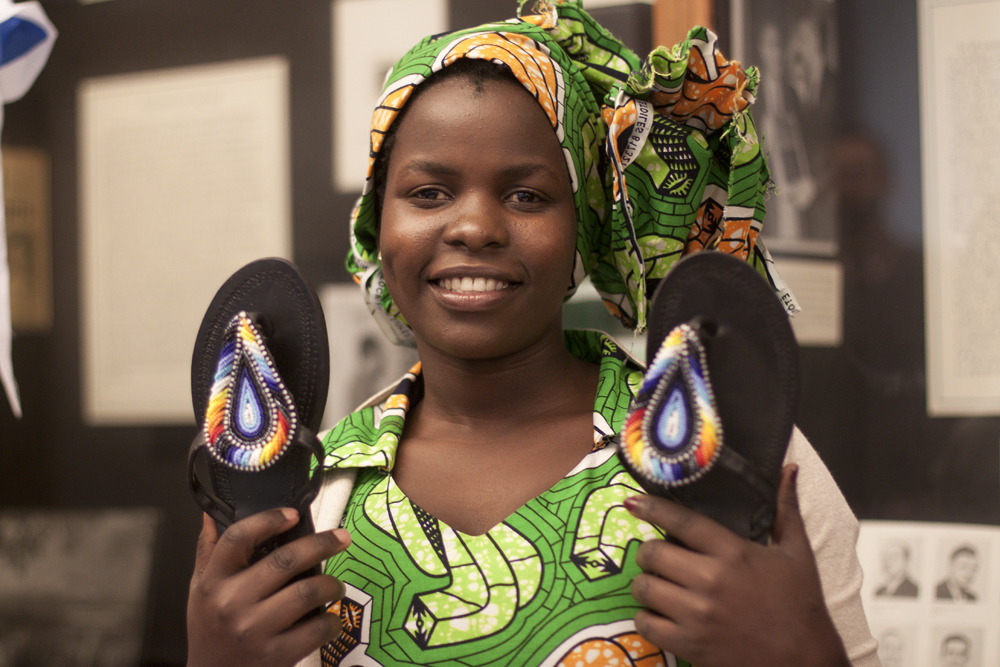The Physical Education program is undergoing a quiet shakeup after spring term. Multiple instructors will lose their jobs and students will no longer have the option to take certain physical education courses for credit.
The PE program, which has served thousands of students since the ’90s, will close its doors come summer term. Some classes will be absorbed into the College of The Arts and the new School of Public Health, which is a collaboration between the Oregon Health and Science University and Portland State. More than 25 courses will be eliminated, including aquatic-based classes, and sports classes such as basketball and soccer.
With its green finish and a conception date of 1966, the Peter Stott Center will undergo a nearly $50 million overhaul to become the multipurpose Viking Pavilion. The building looms over PSU’s athletic field and is the home of athletics programming, and the PE program in particular which offers a variety of courses designed to provide PE opportunities to students for credit.
The PE shakeup coincides with Stott’s closure for reconstruction. Director of Physical Education Randy Miller explained that most of the retained classes would move to the Academic and Student Rec Center during renovation. A few courses, including dance, yoga and pilates, would be administered by the College of the Arts for the next year.
“The intent right now is to protect [instructors’] jobs and maintain continuity for students,” Miller said.
Miller also pointed out the challenge faced by the program through a drastic reduction in space. After vacating the 120,000-square-foot Stott Center for a single room in the Rec Center, Miller estimates a 99.5 percent reduction in space going into the next academic year. He also projected uncertainty about the classes’ return upon completion of the Viking Pavilion.
“Nothing is off the table in terms of staying in Stott,” Miller said.
Financial Breakdown
To take a class through the PE program, students must pay a total of $320 plus a $50 fee. The $50 goes toward the program for everything from cleaning supplies for yoga mats to salaries for adjunct professors and instructors.
The PE program itself is self-sustained, meaning it gets no money from the College of Urban and Public Affairs. For many years, the program had a surplus coming through its doors, according to Nikos Filis, PSU graduate and PE soccer instructor at the university since 1998.
“We were so successful that for many years we had a surplus, and at the end of the fiscal year that surplus went back to the school [CUPA],” Filis said. “The issue is now that because our enrollment is dropping we aren’t getting that fee and we aren’t making enough money to support the department.”
Enrollment in PE classes dropped 20 percent from spring 2015 to spring 2016, according to CUPA Dean Stephen Percy. Percy, who came to PSU two years ago, said he and his staff considered different ways to restructure PE after being made aware of declining enrollment.
“What can we do with this [issue] if the program is shrinking away, and no longer breaking even?” Percy said.
University Communications confirmed a 37 percent decrease in enrollment over the last four years, with students enrolled dropping from 6,937 in the 2012-13 year to 4,338 in the 2015-16 year. Media Relations Coordinator Suzanne Pardington Effros noted that the 2015-16 numbers include preliminary data for spring term.
“Enrollment in PE courses has declined since the Rec Center opened, because students can do a lot of sports and fitness activities tuition-free in the new facility,” Pardington Effros said in an email.
Percy said he met with Miller, instructors and faculty, and conducted a student survey regarding physical activity and education. The resulting decision to cancel PE courses was not an easy direction to move, Percy added.
“Rather than cut courses, I wanted to find them new life in the College of the Arts or in the new Applied Health and Fitness program, which would give these courses a closer connection to the academic programs of the university,” Percy said.
Miller pointed out that the survey, which polled 4,171 students on their awareness and interest in PE courses, seemed to be the limit of CUPA’s outreach effort to students. He also acknowledged the complexity of addressing the issues of enrollment and student awareness on a campus of PSU’s size.
“There are so many balls in the air,” Miller said. “It’s hard to pinpoint where that engagement should have been.”
End-Program
Dean Percy’s name is at the end of an email sent out on Jan. 12, 2016, letting Physical Education instructors know that the PE program would be cancelled.
“When I announced that this was the direction we were moving, I invited anybody who wanted to meet me to meet me,” Percy said. “I met with four members of the adjunct faculty, discussed all the reasons we were making the decision, and how it would be reorganized.”
Percy said he told dance instructors he was very willing to take their resumes to the dean of the College of the Arts, and he had good instructors he wanted to pass onto them.
That option would prove unavailable for sports and aquatics-based instructors, whose programs will end after this term due in part to a lack of facilities with the renovation in process. Filis, the soccer instructor, is among those holding jobs to be terminated.
“You have people here 20 years, 22 years, and all of a sudden you’re out of a job,” Filis said. “Right now I teach three classes, [down from seven classes winter 2016], and then that’s that.”
Miller shared similar misgivings about the loss of personnel to the PE shakeup. He praised the fit of the current roster of instructors to PE’s mission and expressed regret at a loss of both experience and person-to-person contact offered by outgoing professors.
“We’ve had 600 to 700 years of institutional experience; there is going to be a lot of that lost,” Miller said. “I’m looking at 20 to 30 colleagues that I worked with every day that I won’t see more than once or twice a year now.”
Amy Duncan is one of the adjunct instructors that met with Percy. Duncan, a yoga instructor with 11 years of experience with the PE program, spent winter term knocking on doors.
“I was trying to find a home for the department,” Duncan said.
Dean Percy remembered a candid conversation with Duncan.
“[It was] a very useful and reasonable conversation,” Percy said.
Duncan disagreed.
“It had been 21 months before he met with any of us,” Duncan said. “I went to see Dean Percy with three other instructors, and it felt like we were just deflected, that Dean Percy was through with us and through with community health.”
Duncan and other PE instructors worked to salvage the program in recent years to little effect. As enrollment numbers slipped in 2013, PE instructors postered and fundraised to update their website in an effort to stoke student interest.
“We also had a campaign where we put up posters that said other promotional things but none of us [instructors] were skilled in marketing,” Duncan said. “We don’t have time or the expertise to figure out a marketing program to market our classes.”
Physical Education v. Rec Center
The move of recreational activities to the Rec Center on the other side of campus left the Stott Center in the shadows. Duncan also claimed that admission tours within the past few years were not showed the Stott building until the plan for the new Viking Pavilion was devised.
“People didn’t know we were here,” Duncan said. “We would see the tours go around, and some of us spoke up because [the tour guide] would come through with the group and only talk about athletics being in the building, nothing about PE classes.”
Duncan also met with Rec Center Director Alex Accetta to discuss options. Accetta pointed to the non-requirement of physical education for graduation as a roadblock.
“Over the years we had offered some of our instructional programs in our fitness and outdoor program for elective credits through the School of Community Health,” Accetta wrote in an email response. “Unfortunately, without an academic graduation requirement mandating physical education classes the budget model to support activity classes did not pencil out and students choose other classes in which to engage.”
Not all students agreed with Accetta’s remarks.
Logan Evans, a junior at PSU, has taken Filis’ soccer classes for two years in a row and doesn’t know what his options will be next term.
“The [soccer] fields fill up quickly and it’s by teams that aren’t sharing, and this is one of the only dedicated hours you have to play soccer, you don’t just come here and mess around,” Evans said.
Pick-up games are offered at PSU, but Evans explained that it’s not the same as having a class with multiple weeks of instruction where skills can be developed, and instructors make sure every student has time with the ball.
Micha Eastman, also a PSU student, was a late-comer to soccer. He loves that his PE classes have students from every country.
“It’s a nice opportunity to meet people and to have a lot of friends,” Eastman said. “I started playing at PSU about six years ago.”
Duncan explained that the biggest difference between students taking physical education classes at the Rec Center versus taking them through the PE department comes down to the idea that courses through the PE department are progressive and sequential.
“People start out with a basic information on how to move their body and then build on what they learned the last week,” Duncan said. “Students recognize that they need physical activity, and there’s no appointment to be [at the Rec Center]. It’s all self motivated. Here, if you have a class to show up to, that you’ve paid extra money for, you’re like, ‘I’m coming.’”
Duncan also pointed to relative level of expertise between instructors as a difference between classes through PE and those at the Rec Center. Programs at the Rec Center are student-run, whereas PE instructors are focused in their field, often with years of teaching experience.
“Our approach is a little different, I’m not in training to do anything else,” Duncan said.
Accetta acknowledged via email that former PE instructors were unlikely to find employment in the Rec Center.
“Beyond some of our fitness classes we rely on all students to teach our classes as that is part of our mission in Campus Rec,” Accetta said in the email. “That means unfortunately we do not often hire beyond students.”
Filis explained that the students in his soccer classes became really angry when they learned that PE courses were to be cut after this term. He also criticized the university for discounting student voice.
“I’d like the students to know that they don’t count when decisions are made, even though people say, ‘Oh we care about the students,’” Filis said.
Duncan also questioned the direction of the university PE curriculum, arguing that physical education plays an important role in student development.
“If as a university we are preparing students for a more successful life outside of the university, should there not be physical well-being considered which leads to mental, emotional and physical health? Should that not be part of what we’re trying to do here?” Duncan said.





